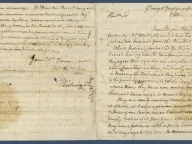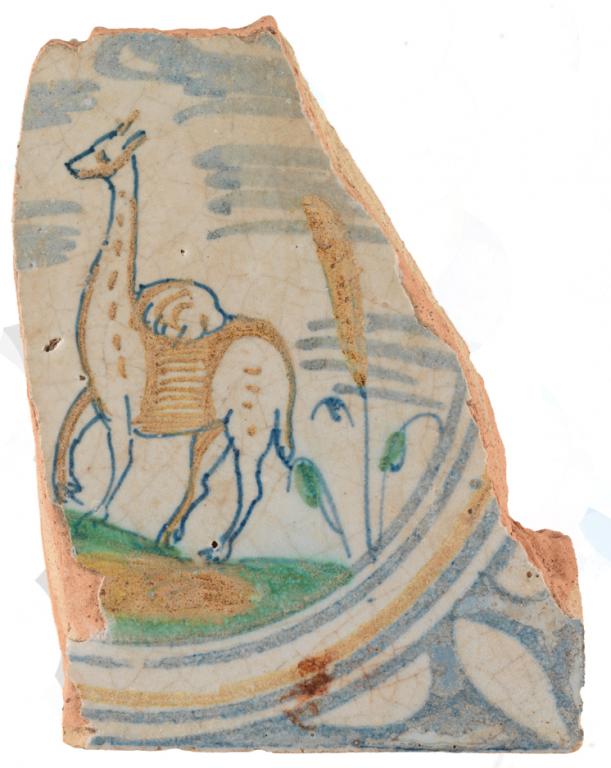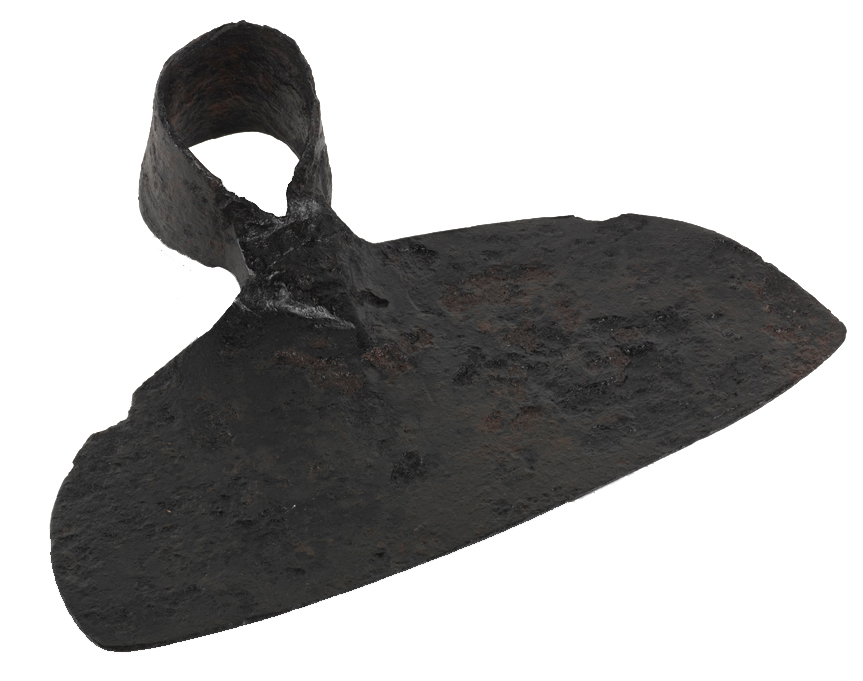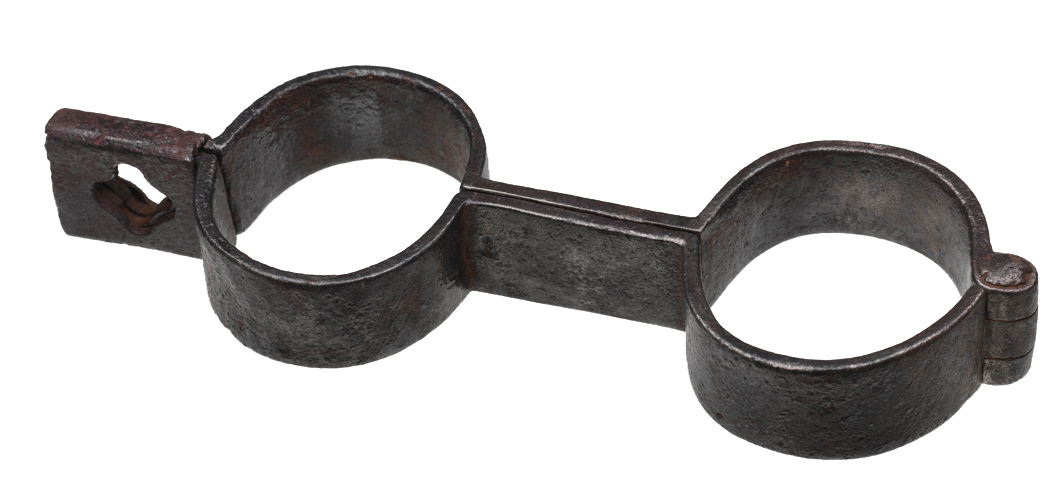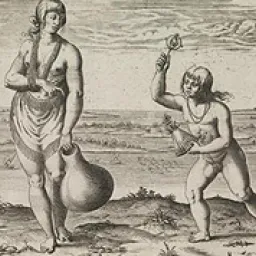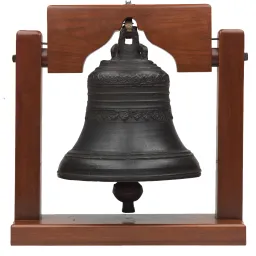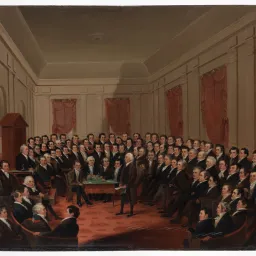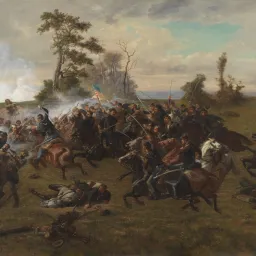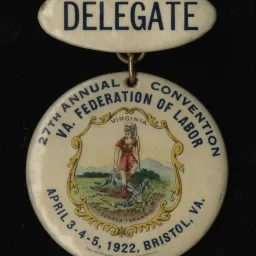1623 to 1763
Virginia’s Traffic in the Atlantic World

Tobacco proved to be good as gold for Virginians. Wealth from its sale and easy navigation of the colony’s rivers encouraged global trade. Virginians traded with the Dutch for decades but mainly with England and Scotland. Tobacco was exchanged for manufactured goods, servants, and slaves. Fear of foreign invasion––by Spanish, French, and (later) Dutch ships––lingered. British trade regulations––intended to bring money and raw materials to England––were so poorly enforced that by 1750 Americans had established a higher standard of living than that of England.
To meet skyrocketing labor demands, white indentured servants were recruited from England, mainly to work the tobacco fields. In time, enslaved Africans took their place. The first Africans in Virginia—stolen by English privateers from Portuguese slave traders—arrived in 1619. White indentured servants made up 80 percent of the colony’s workforce until the 1670s. They were freed after four to seven years of labor. By the 1690s, in some counties Blacks outnumbered whites in the workforce. The shift occurred because of English involvement in the slave trade, Bacon’s Rebellion of 1676, and improved conditions in England that diminished the labor supply.
Jordan’s Journey, 1621–1640
Excavations at this site in the 1980s yielded information about the architecture of early settlements, lifestyles and standards of living, and the extent of trade in early Virginia. Following the 1622 attacks by the Powhatan, survivors relocated at eight Virginia settlements; one was Jordan’s Journey. Four complexes were built there to house fifty-five people (fifteen households). Six buildings provided housing; sixteen were agricultural. The largest complex—Samuel Jordan’s—was the size of a football field. Its principle residence was a “longhouse,” 55 x 16 feet, wooden and earthfast (built on posts set into the ground).
The Beginning of Slavery, 1619
Acceptance of the first slave cargo at Point Comfort, Virginia shaped the subsequent history of the nation. Gradually race-based slavery became entrenched in Virginia and throughout the American South. Twelve and a half million Africans were enslaved and transported from Africa to North and South America—128,000 were brought to the Chesapeake Bay region against their will and in chains.


